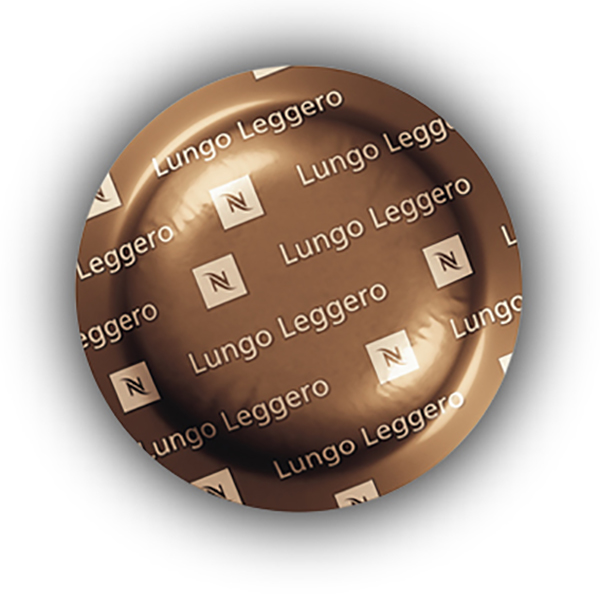

Efforts to inactivate additional cps genes by allele replacement have not been successful, so we will try insertional inactivation with complementation to guard against polar effects. We have generated deletion mutations in 4 key MR-1C cps genes, cpsE, cpsF, cpsN, and cpsO, and have constructed cognate complement mutants for cpsE, cpsF, and cpsN. Progress on objective 2 is also advanced. Comparative sequence analysis with comparable regions from the Cps-negative strain TAO61 confirmed the latter strain contains a number of eps genes, some of which contain mutations. Objective 1 is complete DNA sequence analysis of the MR-1C cps locus and flanking regions indicate that all genes associated with Cps production have been identified. Objective 2: Determine the physiological function of cps gene products. MR-1C capsular extracellular polysaccharide. Our specific objectives include: Objective 1: Identify all of the genes required for production of the Streptococcus thermophilus Nucleotide sequence analysis of the MR-1C locus involved in exopolysaccharide production suggested that Cps production may require as many as 17 genes. We further showed this effect was due exclusively to the water-binding properties of the exopolysaccharide, and that MR-1C did not have a detrimental effect on cheese whey viscosity. Our previous work showed Mozzarella cheese functionality and yield were enhanced by increasing curd moisture content, and that use of Streptococcus thermophilus MR-1C, a strain that produces a large capsular exopolysaccharide (Cps), results in a significant increase in Mozzarella cheese moisture level. Progress 01/01/04 to 12/31/04 Outputs This project seeks to define the genetic locus for capsule production in Streptococcus thermophilus MR-1C, identify all of the genes required for capsule synthesis, and determine the function of their products. The objectives of this proposal are to identify all of the genes required for capsule synthesis in MR-1C and determine the physiological function of individual gene products. To pursue this goal, we need a fundamental understanding of the structure-function relationship between MR-1C cps genes and capsule biosynthesis. industry efforts to boost MozzarellaĬheese yield and improve overall process efficiency. thermophilus starters would facilitate U.S. Mozzarella production, the ability to construct capsule-producing variants from fast acid-producing industrial S. Since MR-1C does not have the fast acid-producing ability that is desired for U.S.

This effect is due to water binding by the bacterium's unique capsular exopolysaccharide, whose synthesis is associated with a 34-kb region of the MR-1C chromosome.


Our group has demonstrated that the Mozzarella cheese starter bacterium Streptococcus thermophilus strain MR-1C has added value properties because it significantly increases cheese yield. Mozzarella producers must reduce product throughput time and maximize their percent yield of cheese from milk. To succeed in the fiercely competitive cheese industry, U.S. production of Mozzarella to over 2.8 billion lbs per year. Non Technical Summary Mozzarella is the most common cheese topping on pizza, and dramatic growth in the popularity of pizza has pushed U.S.


 0 kommentar(er)
0 kommentar(er)
